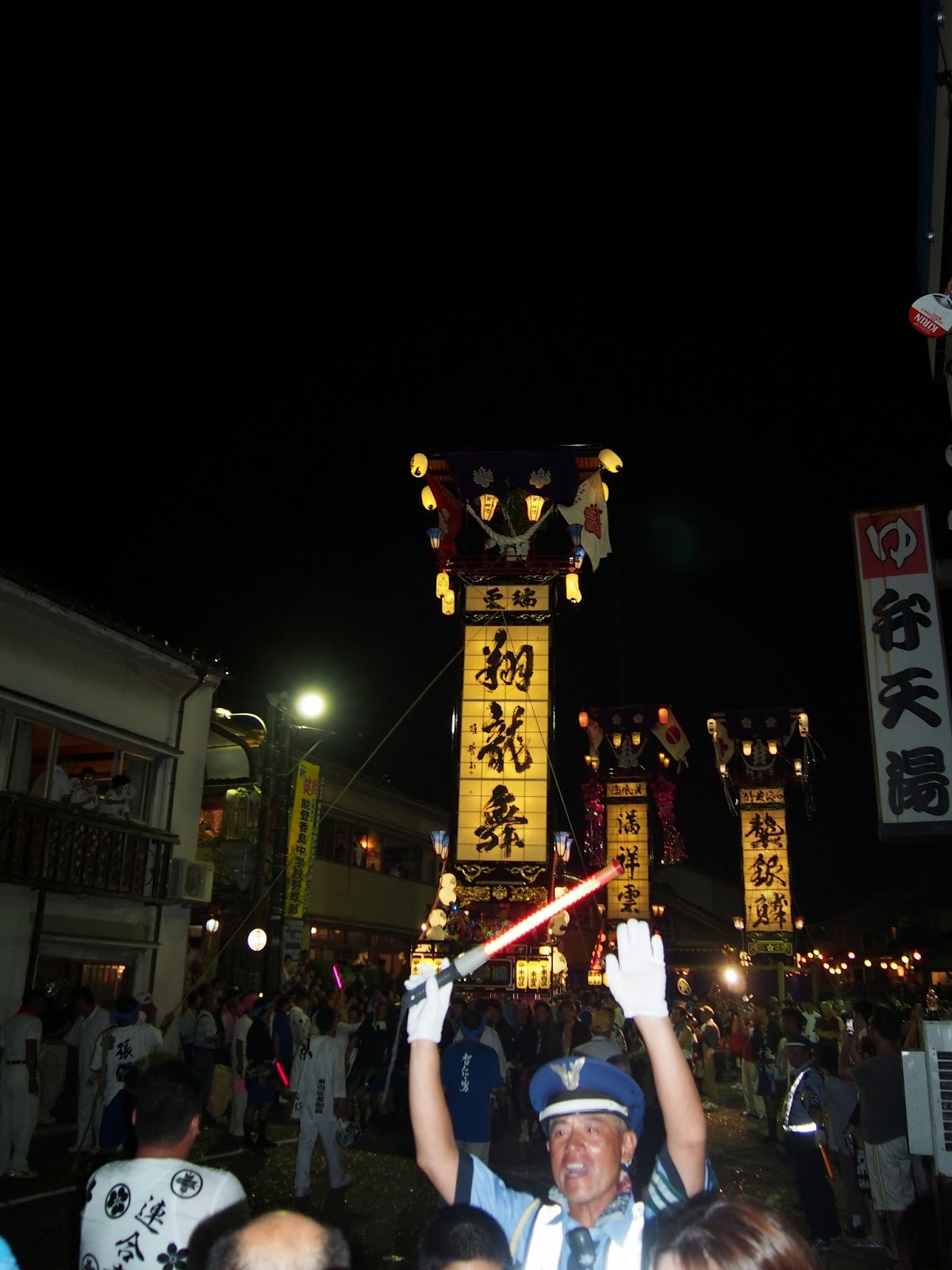ゴミの日
Little did I know, after coming to Japan the biggest cultural hurdle I would face is learning how to properly sort trash.
Japan is extremely conscious about their trash; unfailingly disposing of it (as opposed to littering), sorting it, and recycling what is possible. Growing up in America, I was used to throwing almost all of my trash into one bin and leaving it at that without a worry. Although my parents were always recycling-conscious and taught us to separate aluminum cans, newspapers, and milk cartons for recycle even that did not prepare me for the strict trash standards in Japan.
Every year, each home, business, or school receives a trash calendar and guide to throwing stuff away which must be followed to the letter. Each type of trash is collected on a different assigned day of the month, the categories include: burnable, non-burnable, cans, PET bottles (clear plastic bottles like you would get a soda in), glass bottles, etc. The trash guide is a detailed pamphlet complete with pictures to detail with numerous examples exactly what items can be thrown out together and how to package them. Some things go in pink bags, some in green, and some in clear. Then of course some items must be stacked and tied with twine. But even with such detailed guides, it is sometimes difficult to determine how certain items should be dealt with. In fact, several times I have witnessed even Japanese people completely clueless as to how to proceed when faced with a questionable or not clearly defined item. In my kitchen I have four separate bins in constant operation to keep my trash separated correctly, and even with that sometimes I make a mistake.
There it is, the yellow tag of shame. If you should fail to sort or prepare your trash for collection properly the trash men leave it there and fasten a yellow tag to it detailing your error. You must reopen your trash bag and correct the mistake before the trash men will accept the bag (on the following collection day for that type of trash).
Burnable trash is easy, it's the most common trash and is collected twice per week. I have never had mine nor heard of somebody else having burnable trash rejected by the trash men. Incidentally, there is a rumour that some people, when faced with an item they have no idea with which trash to dispose of it, hide said item in the burnable trash. ("If I can set it on fire, they can set it on fire!")
My problem comes with bottles. The first time I had trash rejected it was because I failed to remove the caps from the PET bottles. So my landlord explained to me what the tag meant, and I had to open a closed bag and remove each cap and toss it into burnable trash. Then there was the glass bottles. Now with these I removed the caps and even washed off the labels before bagging them and taking them to the collection bin. That seems thorough enough, right? Nope. My glass bottles were rejected because I failed to separate the clear glass from the dark glass bottles.
After these incidents I thought I had learned my lesson about sorting trash. I was careful to strip everything down well and rinse things out before bagging it. But yet again my PET bottles were rejected this month. What on earth did I do wrong this time??? My landlord informed me that I needed to remove the caps.
"But I did this time..." I protested in confusion. He picked up the bag and peered around it to inspect the contents. Ah, there in the bottom, just two bottles were still fastened shut by their caps. I clearly forgot to remove the caps when I threw them away. Apparently the trash men pick up each bag and carefully inspect the contents before deciding whether to throw it into the back of their dump truck or leave it to the exasperation of the owner.
Lessons Learned?
Although I never expected to put so much careful thought into the manner in which I dispose of my trash, I am grateful of what Japanese trash culture has taught me.
Japan is very clean. Why? Because people rarely, rarely ever litter here. The streets, parks, and roads are beautiful almost everywhere. I have always been impressed with how Japanese people, adults and children alike, are very conscious of collecting their trash and being sure to dispose of it. Everyone is sure to separate it properly, and always be responsible for cleaning up after themselves or even the entire group they are with. Even if there is no trash can in sight, someone will undoubtedly collect everything and stow it in their purse to throw away later. I am glad that I too have picked up this habit, if I am out with a group of people and we create some trash I automatically collect it without a thought and if need be will carry it until the next trash can is spotted. It doesn't even seem like a burden or chore, its just expected. In Japan it is a norm that you are responsible for your trash. Which is exactly the way it should be.
By having to put so much thought into disposing of trash correctly, I am very aware of the trash that I produce. Also, the type of trash that might be produced even affects my consumer decisions. For example, I understand that aerosol bottles must be pierced with a sharp tool before being thrown away. Since this is the case, I always think to myself I need to only buy hairspray in regular bottles.
That being said, I have yet to attempt aerosol can disposal. Instead my (accidentally purchased) empty hairspray bottles are currently being collected until a later date when I have the nerve to risk explosion while I punch a hole in an aerosol can...













